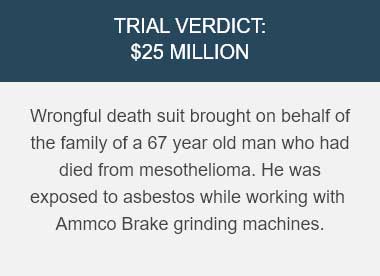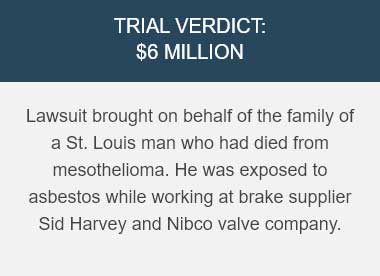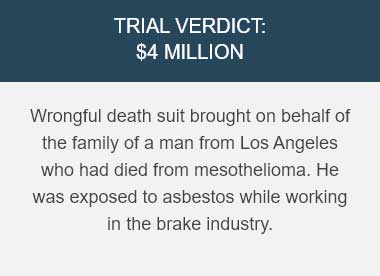Many pleural diseases stem from asbestos exposure, including cancer, pleural plaques, and effusion.
This page provides essential information about mesothelioma pleural plaques. If you have been exposed to asbestos and are experiencing health problems, talk to your medical care professional right away.
Mesothelioma Pleural Plaques Overview
The first thing to understand is what the pleura is. This is a two-layered membrane that surrounds the lungs and lines the interior of the rib cage. If you were exposed to asbestos, it is common for the pleura to become thicker and to accumulate chalk-like material called pleural plaques. (Blf.org.uk)
Pleural plaques are calcified, white, raised, smooth, and irregular lesions on the pleura. They usually occur on both sides of the chest and are located between the 5th and 8th ribs, as well as over the diaphragm.
Pleural plaques are the most common changes to the pleura caused by asbestos exposure. For most patients, there is a 20-30 year latency period before these plaques appear. While pleural plaques do not necessarily become malignant, patients with this health problem are at higher risk of getting pulmonary fibrosis, lung cancer, and mesothelioma. (Cancertherapyadvisor.com)
Symptoms of Mesothelioma Pleural Plaques
Patients with pleural plaques have almost certainly been exposed to asbestos at some point in their lives. While some patients do not have symptoms, others can experience symptoms such as severe chest pain. Also, pleural plaques can be spread throughout the chest and restrict the ability of the lung to inflate. This can cause breathlessness when you exert yourself.
Note that pleural plaques develop from asbestos exposure, but may not cause symptoms for many years. They may or may not develop into a more serious asbestos disease. The plaques themselves do not become malignant. (Asbestosassociation.com.au).
How Mesothelioma Pleural Plaques Are Diagnosed
Chest imaging is the most effective way to find pleural plaques. CT scans are more effective than X-rays.
The most common sign of pleural plaques on X-rays in a patient with mesothelioma is pleural effusion. Pleural thickening is also seen. Pleural plaques suggest past exposure to asbestos but do not necessarily mean you will develop mesothelioma. CT scans offer more detail about how severe the disease is, including lymph node or diaphragm involvement. Positron emission tomography (PET) is useful in telling the difference between benign disease and malignant mesothelioma.
Pleural Plaques and Diffuse Pleural Thickening
Accompanying pleural plaques is often diffuse pleural thickening. This condition involves thickening of the pleura, as well as the inner surface of the lung. But it also can affect the parietal pleura on the exterior of the lung.
Diffuse pleural thickening may be caused by exposure to asbestos, but it can be caused by tuberculosis, infection, or bleeding in the pleural space from a fracture of the ribs.
If you are diagnosed with diffuse pleural thickening, your doctor may order lung tests. If this condition is causing you symptoms, this test usually shows a reduction of lung . As with pleural plaques, it often takes 20 years or more to develop after asbestos exposure. (BLF.org.UK)
Secondary Asbestos Exposure Also Can Lead to Mesothelioma Pleural Plaques
Most people who are ill from asbestos exposure may have worked with the material at work. However, some estimates suggest 10% of asbestos victims never worked with asbestos. If you had a loved one who worked with asbestos and came home with the deadly material on their clothes, you might have inhaled some of the fibers yourself. (Atsdr.cdc.gov)
Asbestos workers usually did not wear protective clothing at work or take a shower before leaving. So secondary exposure was frequent. Consequently, many family members may develop pleural plaques and other signs of asbestos-related diseases.
If you have a history of asbestos exposure, you need to disclose it to your doctor immediately. Your medical professional can monitor you over time to see if you develop mesothelioma pleural plaques, pleural thickening, or other signs of an asbestos-related disease.







